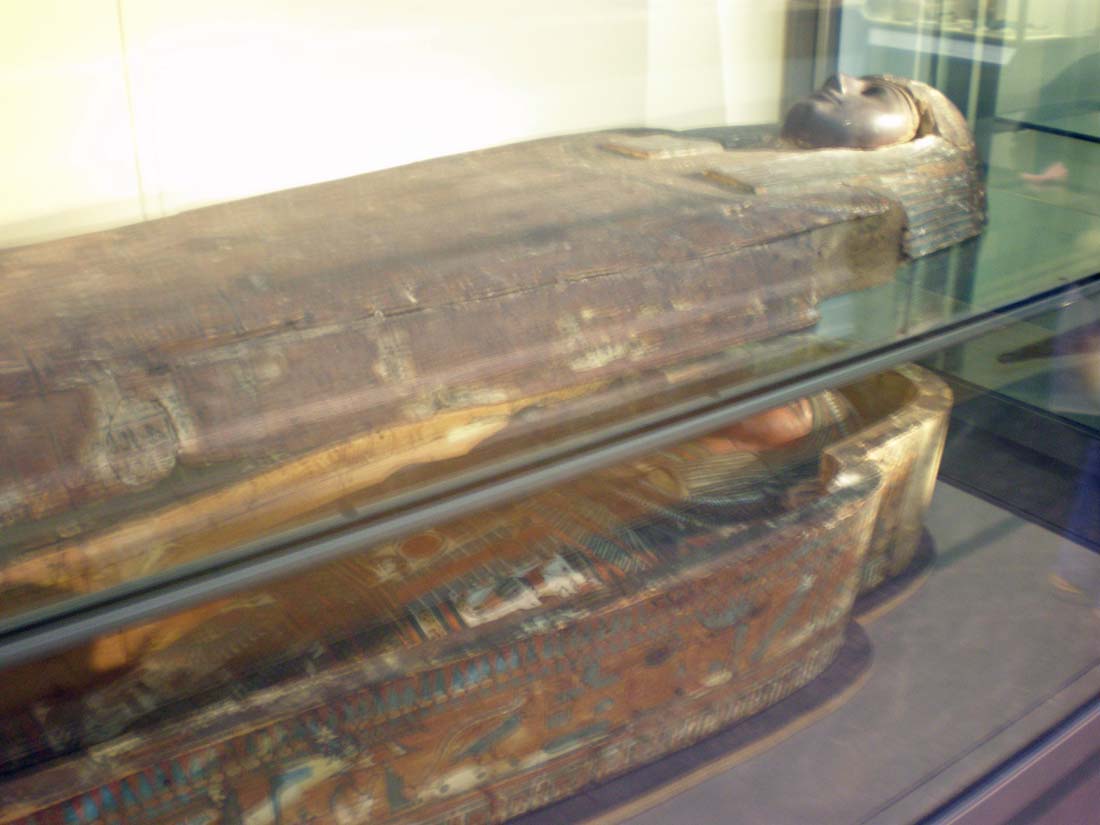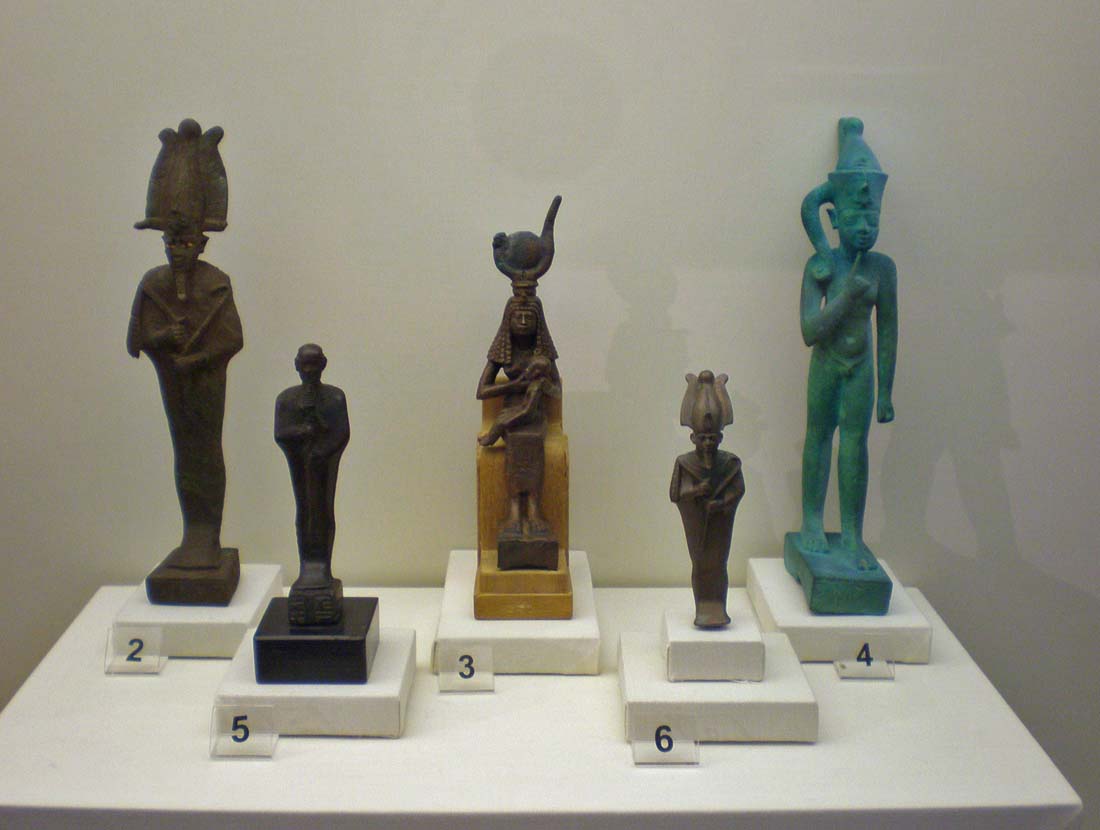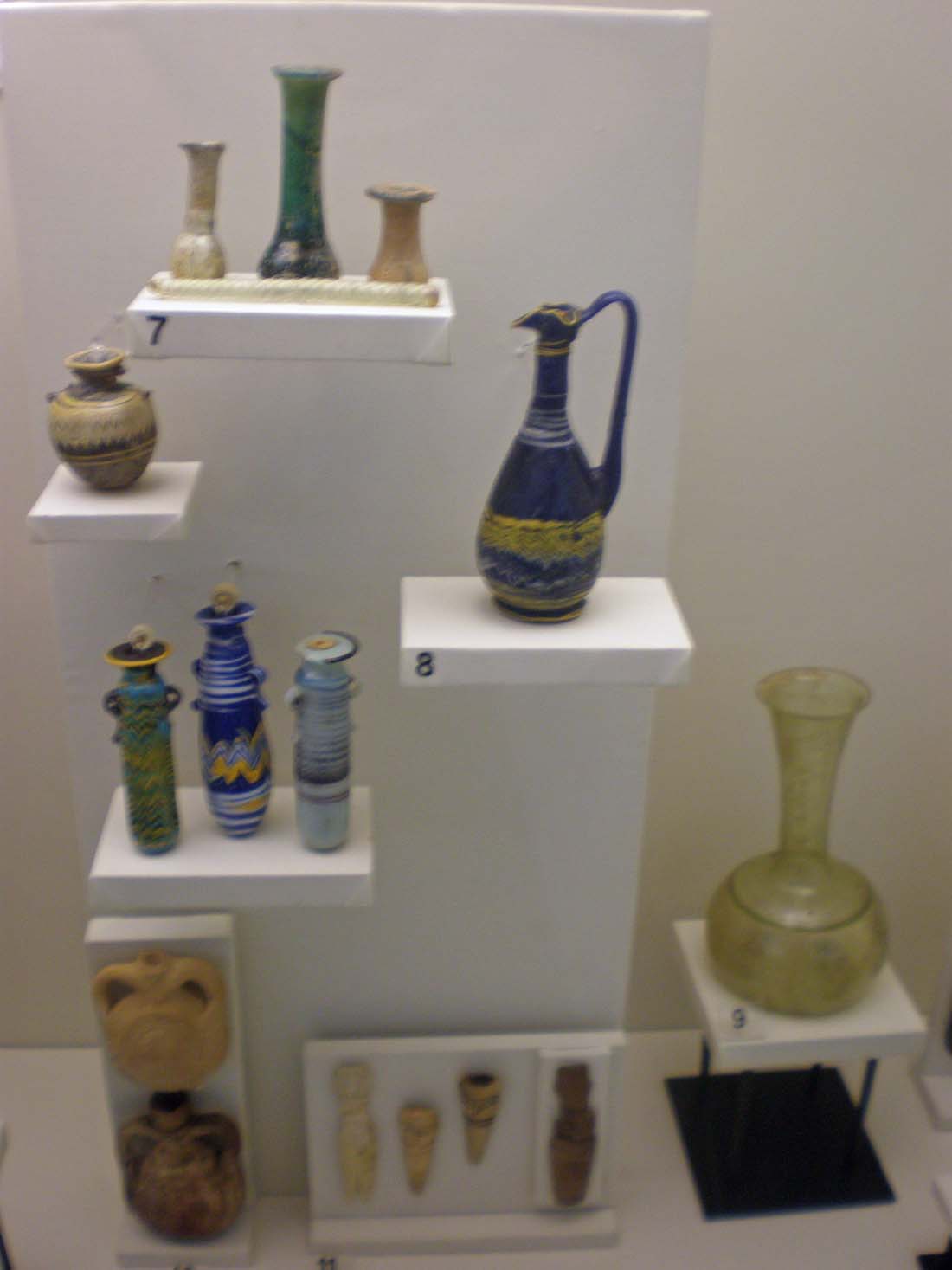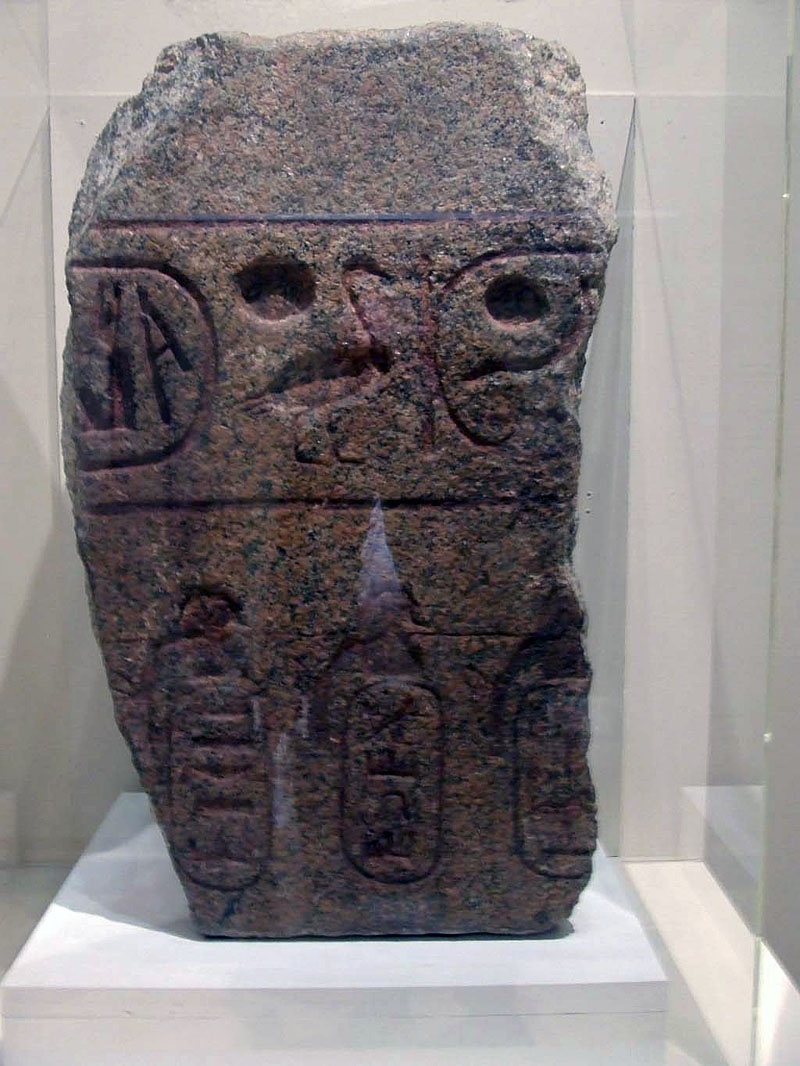EGYPT



Computer reconstructed image of Nefertiti - from
her skull (left) and Joanne Fletcher, who found her body
Speak the name of the dead, and
they shall find eternity - Book Of The Dead
(Nefertiti's skull was disfigured to prevent her speaking her name to the Gods)
http://www.discoverychannel.co.uk/nefertitirevealed/_home/index.shtml

Modern Day Pyramids with the rapidly expanding city of Cairo almost at their feet. Whether by accident or design, they mirror the Belt of Orion.
Sept 2013: Like all history, discoveries supercede discoveries almost
daily. It is now believed that there remains, hidden under the ever
shifting sands, another 70% of Ancient Egypt, waiting for archeologists
to unearth it. Who knows what untold riches and answers lies beneath the
sand. The discovery of tomb K63 is a perfect example. The whole of both
banks of the Nile, in Egypt, is probably buried towns tombs and temples.
King Scorpion
0 Dynasty - 3150 B.C. to 3050 B.C.
It was originally thought that Scorpion King was ruler in Upper Egypt only. Archaeologists have discovered new evidence, in the desert, of the probable burial place of King Scorpion, who lived 1800 years before Tutankhamun, and 500 years before the first Pharaoh. His burial "house", hidden in the sand, contained vases of beer and wine and marked with his "mark"; also found were small ivory squares marked with an early form of hieroglyphic and indicated where a particular tribute came from. An example was a stork and a seat. Bah + Set = Bahset, a large market town that existed on the Upper Nile not far from the current Delta region. King Scorpion was a warrior king and united upper and lower Egypt by conquest. The famous Scorpion Mace depicts hanging birds and banners around the top, this symbolised conquered regions.
Watch it here
More than a hundred years later, modern archaeologist Dr John Darnell discovered an ancient inscription carved on a rock face in the desert landscape of Southern Egypt, west of the River Nile. Depicting a procession of human and animal figures, it revealed the image of a Falcon above a Scorpion - a remarkable echo of Quibell’s earlier find. Darnell believes he has discovered the name of the same King Scorpion, and that the procession carved into the rockface records a major event in his life. A kingly figure leads a bound prisoner in what looks like a scene of military victory. Darnell interpreted this as the celebration of a decisive battle in King Scorpion’s rise to power, uniting the cities of Southern Egypt under his kingship.
The search for King Scorpion has revealed a man who was a pivotal figure in the creation of Ancient Egypt. He organised his kingdom with the world’s earliest phonetic writing system, and began a new style of burial that may have inspired the complex tombs and pyramids of the Pharaohs. Now at last experts are discovering the true origins of ancient Egypt, and the remarkable legacy of the Scorpion King. Dr. Zahi Hawass, Secretary General of Egypt's Supreme Council of Antiquities, features in the programme in which he authenticates much of the findings and speaks most authoritively on a subject so very dear to his own heart.

Akhenaten
(formerly Amenhotep) and Nefertiti with two daughters sculpured in the Armana
style

On November 10th 2009 I paid a visit to the Egyptian section of Birmingham Museum




3 canopic jars and a jackal headed false jar in left image


A stele but in greek (?) and a drawing of an offering


Part of a crown and a small shrine


(3) Isis. Ideal mother and patron of nature & magic. She was the friend of slaves, sinners, artisans, the downtrodden, as well as listening to the prayers of the wealthy, maidens, aristocrats and rulers. Right: stele of a loving wife and husband


Stele and a small shrine


Small Throne, probably on which sat a pharaoh or god. Glass bottles


A child's sandle's and the same right next to an adult pair

Pharaoh rings, the front gold one belonged to Nefertiti





Amenhotep III

Amon Ra

Battle Scene. Showing fallen Asiatics from the mortuary temple of King Nephepetra Montuhotep at Dier-el-Bahri Thebes. 11th Dynasty






Psusennes 1

Aswan - Temples of Philae

Part of the Book of the Dead













Rameses II




Headdress



Sekhmet I

Senemut



an official, Tjayasetimu




Stele





Tuthmoses III

Tuthmoses IV

Ushubanti





Egyptology web sites:
http://www.drhawass.com/ Modern Day 'hero' of mine, father of antiquity in Egypt.
http://www.cyberpursuits.com/archeo/egy-arch.asp
http://www.osirisweb.com/egypt/links.htm

